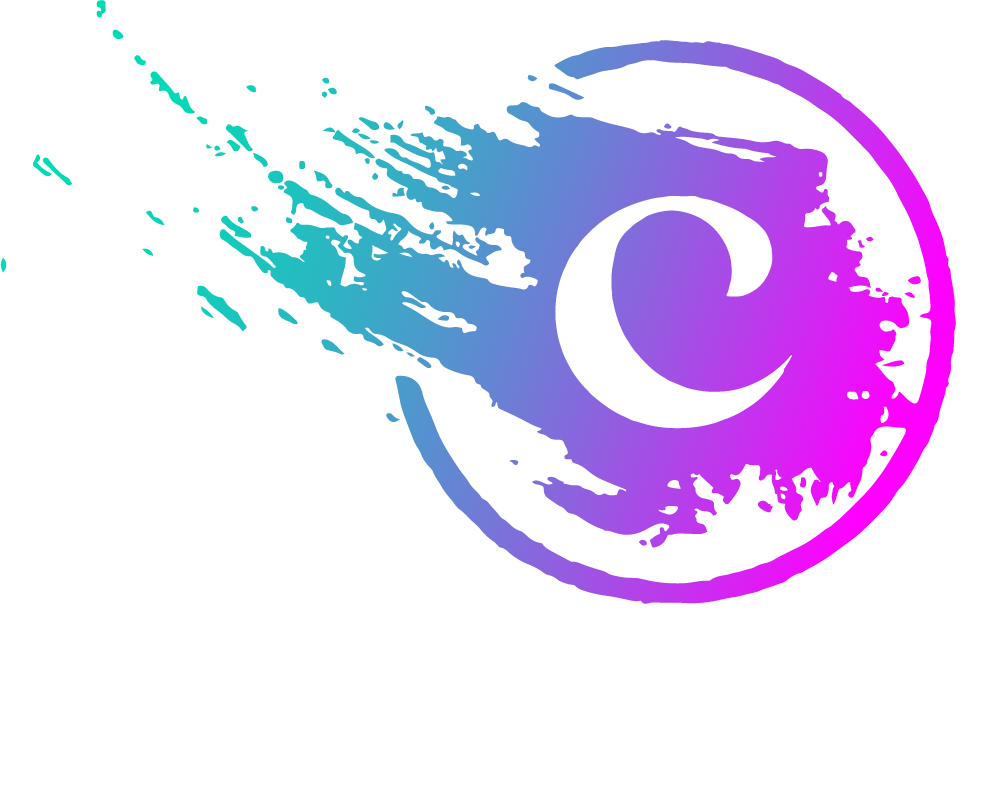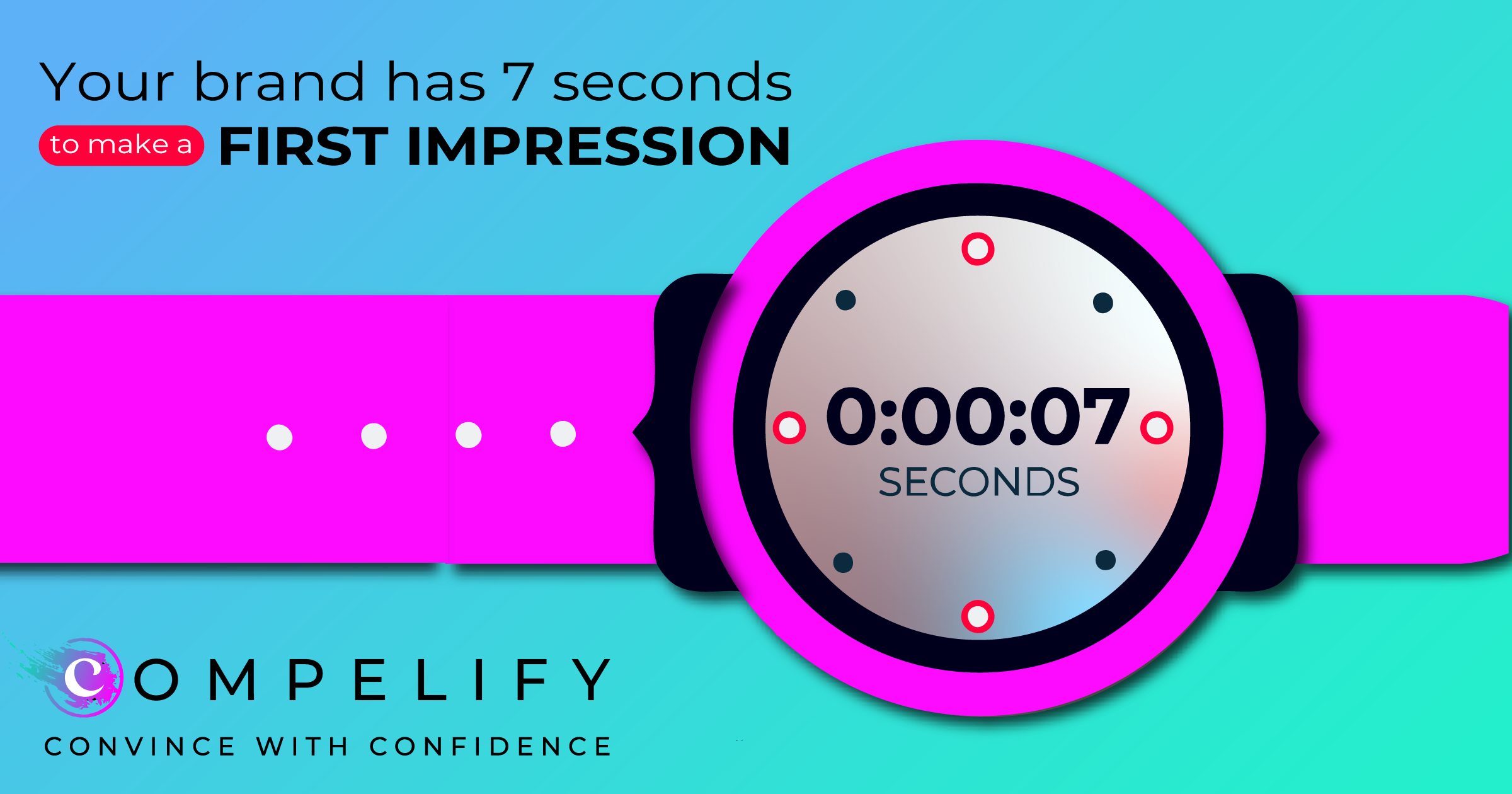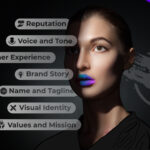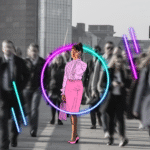
Pixel Magic: Innovation in Graphic Design and Web Development
About the author
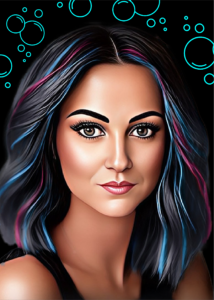 Octavia Cephalo
Octavia Cephalo
Brand Ambassador
Brand Ambassador
Octavia is a remarkably playful and strategic octopus that brings a unique perspective to our creative team. She expertly navigates the depths of branding, exploring the ocean, and connecting with our audience through lively social media interactions.
Featured Article
Browse By Category
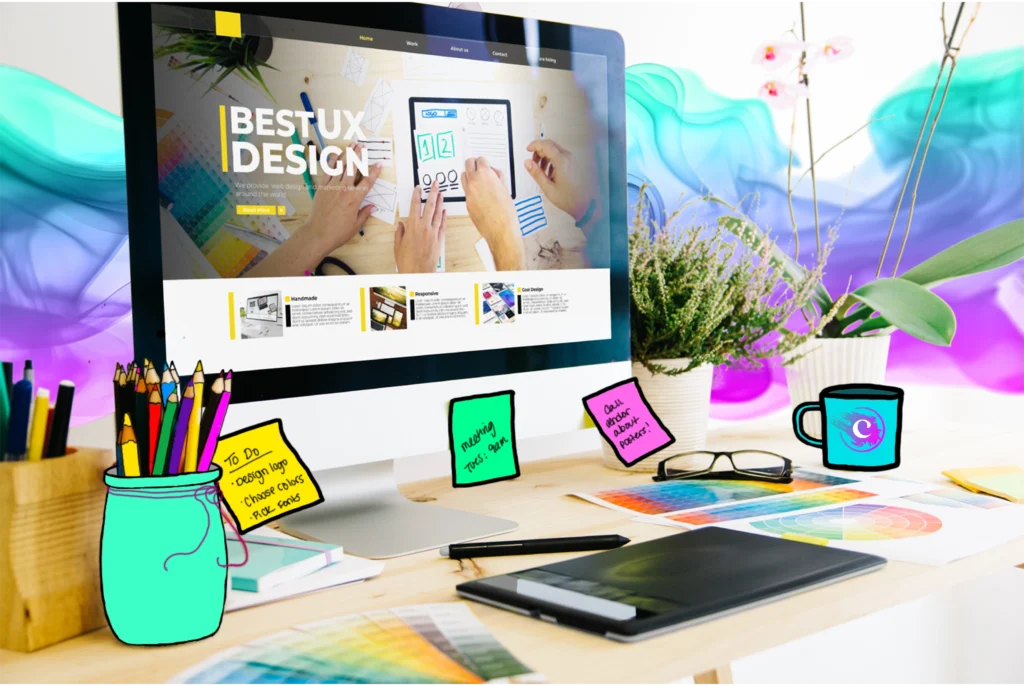
Explore innovative trends in graphic design and website development. A thought-provoking deep dive for designers, developers, and marketers.
Graphic design and web development are ever-changing fields for the professionals working there.
By understanding the trends of the present and future, you can better position yourself or your company to take advantage of:
- New tools and software
- Buyer behavior insights
- New skills
Today, we’ll explore significant trends and innovations designers, marketers, and other online service professionals should know
Table of Contents
5 Eye-Opening Trends In Graphic Design
Here are common trends happening right now in graphic design.

1. Anti-branding
Anti-branding deals with using little to no common graphic design elements (fancy fonts, lots of colors, etc.). It’s a form of “branding minimalism.”
You’ll find monochromatic designs in anti-branding as well as simple visuals, neutral colors, and easy-to-digest fonts.
Anti-branding gives brands a “to the point” narrative, a commonality to share with customers that are the same way.
2. Motion Graphics
Motion graphics make your creations more interactive, whether for a website or social media short-form video. Graphic designers and marketers better capture customer attention by adding movement to their creations.
Here are examples of motion graphics used today:
- Countdown listicle videos
- Logo animation
- Speech volume movement
- Abstract shapes
- 3D Models
3. Simplicity
Simplicity refers to a minimal look to a design. Whether it’s a logo, banner, or infographic, having simple designs makes content easy to understand.
Simplicity is one of the cornerstones to successful marketing from both a messaging and design standpoint.
When too much is going on (colors, shapes, textures, etc.) it may distract your audience from your core message.
Here are ways seasoned graphic designers are incorporating simplicity and how you can, too:
- Eliminating unnecessary details
- Limiting your color palette (1-2 colors)
- Using white space
- Easy-to-read fonts
4. Bold Shapes
Although simplicity is a cornerstone today, bold and colorful shapes are just as prominent. Many graphic designers and marketers adopt geometric patterns and abstract shapes to make a statement in their creations.
Whether it’s to make a banner ad stand out more against competition or to build commonalities with customers–bold shapes generate attention and emotion.
For that reason, many companies use bold shapes in custom brochures, flyers, and social media content.
Keep the following in mind when working with bold shapes:
- Have a purpose for your shapes (e.g., drawing attention to a CTA).
- Keep it consistent with your brand’s color scheme
- Utilize non–traditional shapes
- Consider bold shape patterns
4 Eye-Opening Trends In Website Design
Here are modern trends in website design
1. Website Minimalism
Website minimalism means less clutter on your web pages for a better user experience.
84.6% of people prefer a clean outlook rather than a crowded page design for the website.
Many companies choose a minimalist website to prevent potential leads from leaving early.
Avoiding longer load times is another motivation.
Having more elements (like large, uncompressed images for example) can make your website take more seconds to load. People want things faster in today’s age, so fast load times are paramount in a user interface.
Here are other essential elements of website minimalism:
- Negative spacing (white space between texts, images, and sidebars)
- Simplistic graphic design (as mentioned earlier)
- White background
- Clear typography
- 6:3:1 rule in color theory (Choose a dominant color and use it in 60% of the space, a secondary color in 30% and a final color in the remaining 10%.)
- Bold fonts
- Balance (eg., contrast between colors)
2. 3D Elements
With most websites having 2D images, implementing 3D models gives your website a visual appeal that stands out. Companies that do use 3D elements create them to emphasize:
- Their logo
- Text headers
- Artistic graphics
- Product or service
The best part is that many no-code website builders come with 3D elements for you to use.
3. Bold Typography
Boldness helps your message get seen more quickly. Applying prominent, bold fonts to a website is a common occurrence for good reason:
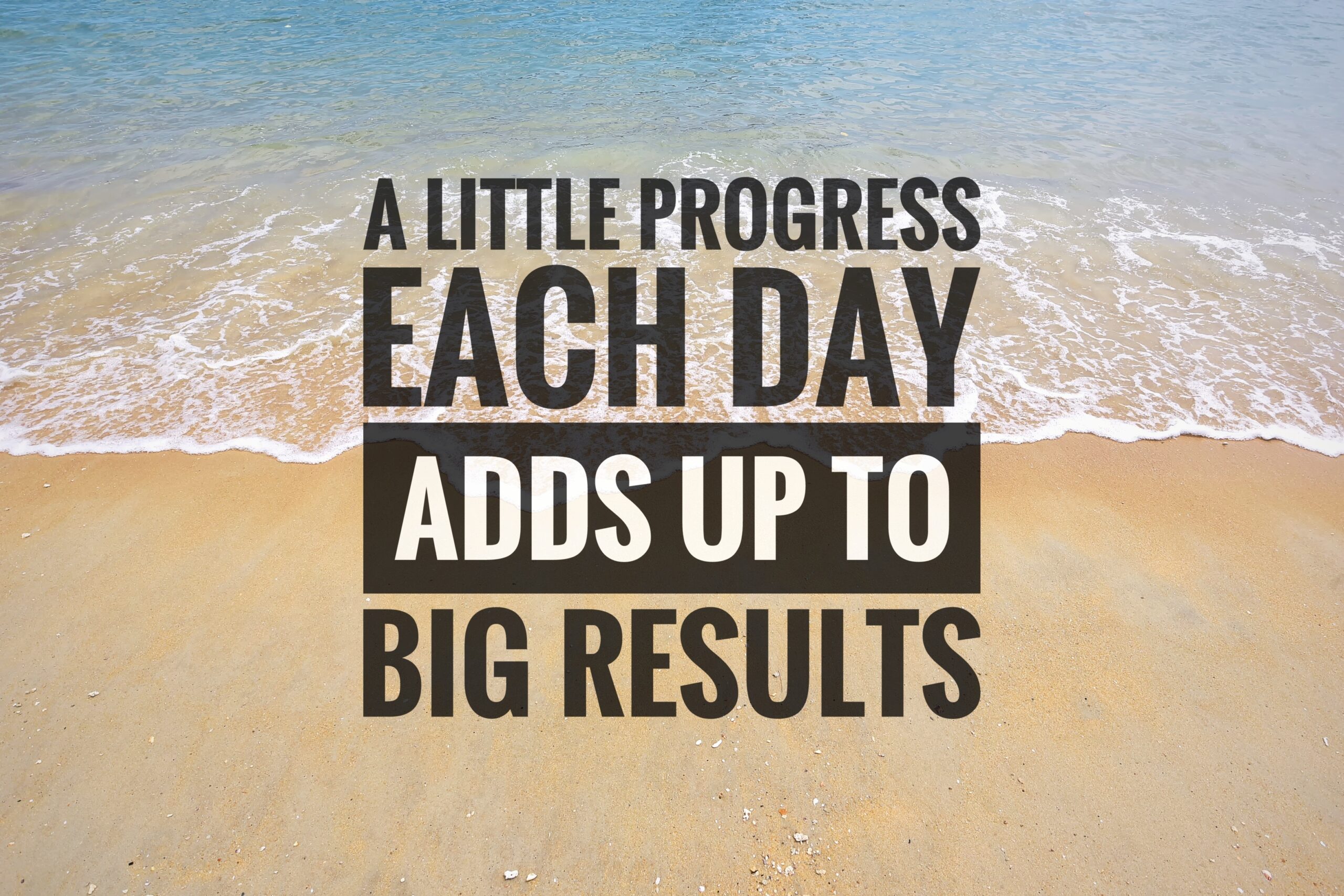
- It makes your headlines and paragraphs easier to read (desktop and mobile)
- Creates the tone of a message
- Attracts attention to a message or part of a message
Consider using bold typography in your headlines, calls to action, and any critical parts of your website or landing page copy.
4. Interactive Scrolling
Interactive scrolling is another way many website designers add uniqueness to a page. Users can be met with a video pop-up, unique shape designs, or an interactive image as they scroll.
Interactive scrolling aims to make a powerful impression on your site visitors while keeping it streamlined, practical and functional. (The last thing you want is flashy graphics that slow load times (especially if you’re running PPC ads on your page)).
The Future Innovations Of Graphic Design And Web Development
Advancements in graphic design and web development are coming faster and faster. The rise of AI is a telltale sign that many projects will be completed more quickly. More AI-powered design tools will flood the market, giving professionals more assets to learn and utilize.
AI will help graphic designers spend more time thinking of artistic concepts since their saving time working on them actively.
Emerging assets in graphic design and web development include virtual reality. Developers are experimenting with VR websites, sparking many talks about web development’s more interactive change in the next 20 years.
Changes in technology will require designers and developers to build new skills around them. Businesses will have to adapt by increasing the quality of their websites and marketing materials to keep up with the “new norms.”
Final Wrap Up
Graphic design and web development are quickly changing as the months go on.
The technologies of tomorrow will give faster and more creative ways to market and sell products.
Staying up to date with current and future trends is a solid way to stay ahead of the curve in your industry.
